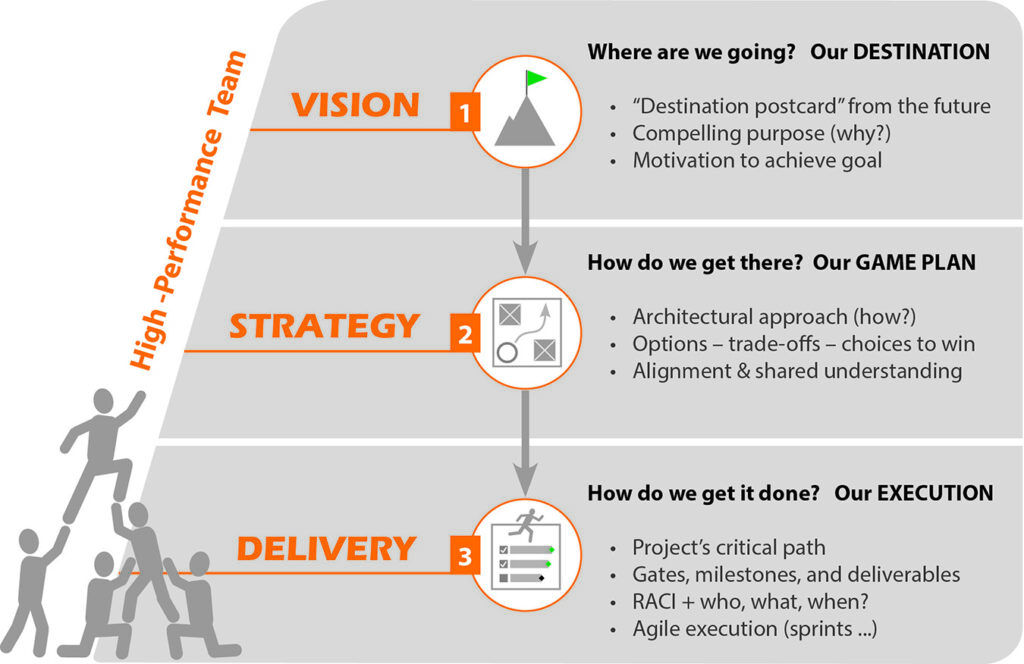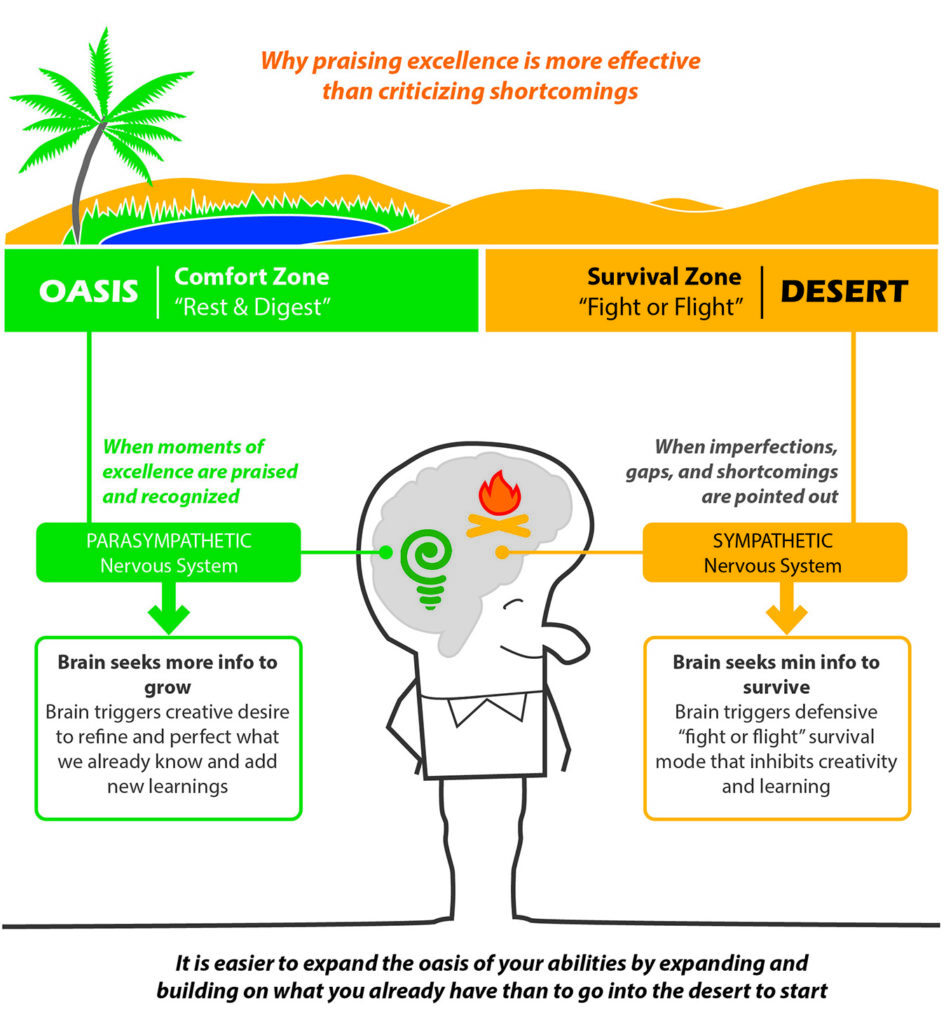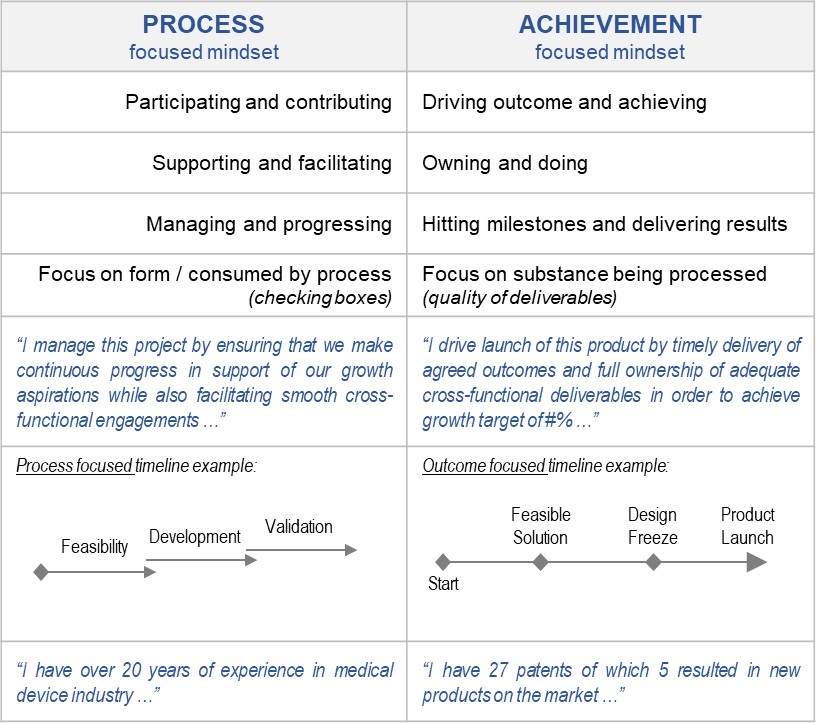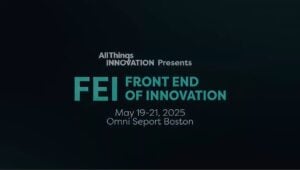“If you do not know where you are going, any road will take you there.”
—Alice in Wonderland
Even though assembling a superstar team with competent members who have great attitude, drive, and learning agility is an obvious desire for all leaders, it still might not be sufficient to ensure a team’s effective performance. My personal experience regarding conditions for enabling high-performance teams is consistent with reported research [1] that builds on the seminal work of J. Richard Hackman on organizational behavior [2]. It has been found that beyond team dynamics, including member personalities, work styles, and attitudes, what deeply impacts team effectiveness are mission-related enablers such as direction, structure, and context. They are further elaborated here through the lens of the three pillars of a high-performance team: vision, strategy, and delivery.

Essential enablers of a high-performance team.
Purposeful VISION: The foundation of every successful transformational mission is clear direction associated with a purposeful destination that inspires and motivates team members. In other words, one of the most effective explicit goal definitions is the one that induces intrinsic satisfaction for each team member due to a sense of belonging to a mission with a compelling purpose. That is also an approach used by a number of companies today to attract and recruit top talent by offering not only competitive compensation but also the opportunity to be part of an initiative with an inspiring purpose (e.g., SpaceX Corp.). Incentivized goals that provide extrinsic rewards such as recognition, pay, and promotion could also be an effective motivator in a number of circumstances.
Development STRATEGY: Strategy could be defined as an integrated set of choices that position us on a select playing field such that we are in a position to win. Team alignment and shared understanding of the logic behind strategic choices, including the specific approach regarding how the team intends to achieve its goal, are an essential “trade secret” of the high-performance team. There are many ways to carve a pumpkin, and if every team member is on the same page in terms of what, why, and how they are going to jointly succeed, then that arms the entire team with the confidence to deal with unforeseen challenges and improvise on the go in order to prevail.
Predictable DELIVERY: Order and clarity are critical when it comes to execution. There are three key elements of effective project planning that drive a predictable and focused execution: (i) development strategy—game plan, (ii) master plan—blueprint, and (iii) daily task management—sprints. Note that the project master plan (blueprint) is a live document that is constantly self-adjusting based on the implementation reality, the focus being on management of the critical path (“plans are nothing, planning is everything”). With an effective blueprint in place and a clearly defined RACI matrix, daily task management with clarity on who, what, and when is what makes or breaks a successful execution.
Promote Learning
We can stimulate people’s learning by recognizing specific moments of excellence that lead to a desirable outcome. It is an effective way to promote learning because it nourishes the brain’s comfort zone while triggering its creative desire to further refine, grow, and excel.
“To attain knowledge, add things every day.
To attain wisdom, remove things every day.”
—Lao Tzu
Some of the common qualities that most successful entrepreneurs share are perseverance (grit), curiosity, and a desire to learn new things. Given the ambiguous nature of entrepreneurship that continuously questions the status quo and challenges unexplored spaces, learning agility becomes an essential success factor. The question becomes this: “How can learning be effectively stimulated and growth and improvement augmented when team members are deployed on a challenging, new product innovation that often requires them to go above and beyond their comfort zone?”
Marcus Buckingham and Ashley Goodall [3] shared some non-obvious insights from their research on how to give feedback that stimulates learning and helps team members excel. They concluded that a common misconception is that learning is analogous to filling up an empty container. If you lack certain abilities, the best way to help you is to point out what others can see better than you can. Because great performance is universal and transferable, you just need to fill in what is missing. It is up to your colleagues or boss to tell you directly and plainly what you’re lacking to aid in your awareness about where your greatest improvement opportunities lie.
Apparently, it is not as simple as filling an empty container and even less about going to the desert to dig a new well to fill your vessel. Learning with true understanding is less a function of adding something that is not there and more a function of recognition, reinforcement, and refinement of what is already there. We learn when we realize how to do something better by adding nuance to what we already know.

Desert – Oasis learning and competency growth model.
Our strengths are our most opportune development areas because we tend to grow more in the areas of our greatest ability. The brain also grows the most where it is already the strongest, and adding new neural connections to existing branches is the preferred growth mode versus a new branch. When moments of excellence are praised and recognized, our brain is stimulated to trigger a creative desire to further refine and perfect what it already has and to add new learning. It is easier for our brain to expand around our active “ability oasis” by leveraging existing assets than to go into a “hostile desert” and search for what is perceived to be missing from someone else’s point of view. Our “constructive” feedback to others is too often more about our own extrinsically driven perceptions than their unique abilities.
According to Buckingham and Goodall, the recommended approach to help people excel is to look at successful outcomes when a team member contributed in an effective way. In such situations, stop and recognize that specific point of excellence.
This approach is also consistent with Simon Sinek’s thesis that the human brain cannot comprehend the negative [4]. We cannot tell the brain not to think about something. In other words, if we focus on avoiding obstacles, all we will see are the obstacles. Alternatively, progress can be better achieved by focusing on solutions between the obstacles—find the path versus avoid the obstacle. This principle could be further extrapolated to foster an achievement-based team culture via a precise outcome-focused communication on all project execution levels (see table below). Differences between an action-oriented achiever and a process consumed facilitator might be subtle and not obvious on a first look because they both come across deceptively positive. Yet, the difference in the project outcome could be substantial to the extent of success vs failure/delay. The goal is to ensure that all project related communications (plans, dashboards, updates, etc.) are defined as unambiguous outcomes rather than process related activities that are continuously open for interpretation of the expected process endings.

References
[1] Haas, M., et al. (2016).The secrets of great teamwork. Harvard Business Review, 94(6), 70–76.
[2] Hackman, J. R. (2002). Leading teams: Setting the stage for great performances (1st ed.). Harvard Business Review Press.
[3] Buckingham, M., & Goodall, A. (2019).The feedback fallacy. Harvard Business Review, 97(2), 92–101.
[4] Sinek, S. (2016). How to stop holding yourself back. Simon S. [Video]. YouTube. www.youtube.com/watch?v=xwRKUak6LpI.
Editor’s Note: Selected topics from Milan Ivosevic’s book, Eureka to Wealth, will be featured as part of this Innovation Principles series in the following months:
- Introduction (Oct. ’23)
- Entrepreneurial Perspective: Human-Centered Design Entrepreneurship(Nov. ’23)
- Entrepreneurial Perspective: End to End Product Innovation Framework(Dec. ’23)
- Opportunity Incubation: The Innovation Spiral(Jan. ’24)
- Opportunity Incubation: Business Case (Sizing the Opportunity and Go / No Go check) (Feb. ’24)
- Product Delivery: Development Strategy(Mar. ’24)
- Product Delivery: Delivery Effectiveness (May ’24)
Contributor
-

Milan Ivosevic is an executive leader, entrepreneur, and innovator. From a blacksmith forge to engineering laboratories, from startups to Fortune 500 board rooms, Milan’s calling card has been his prowess in the successful commercialization of advanced technologies and new product innovations. With numerous contributions and patents in sectors ranging from advanced aerospace coatings to disruptive medical devices, his contributions have stirred market spaces and positively impacted areas such as medication management, drug delivery, blood collection, robotic surgery, and reproductive biotechnologies. In Eureka to Wealth, Milan weaves decades of value creation experience into an easily understood framework that is as valuable for executives as it is for innovation practitioners.
View all posts
























































































































































































